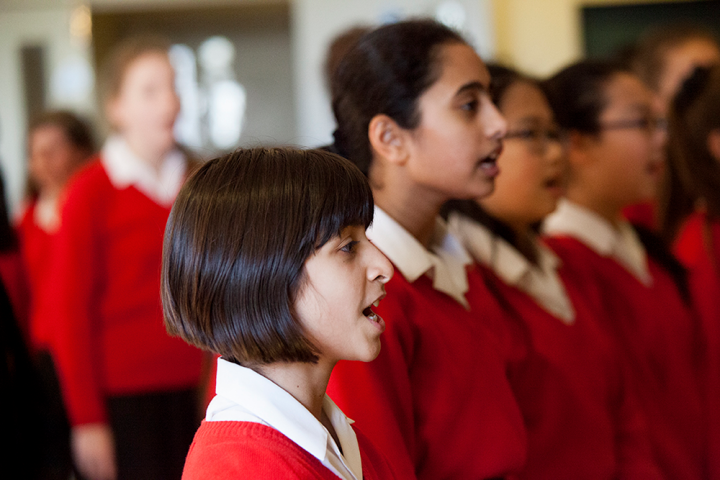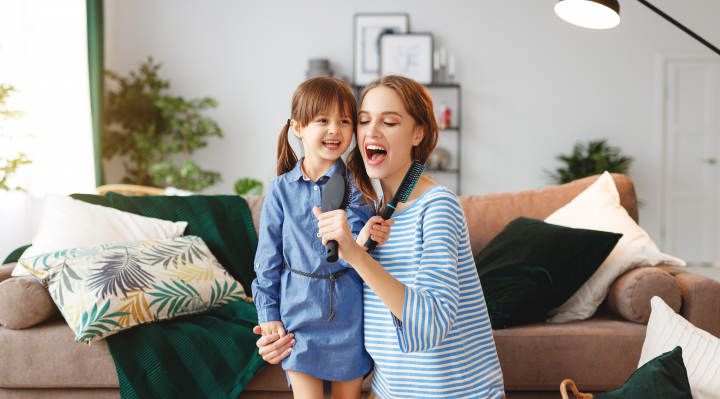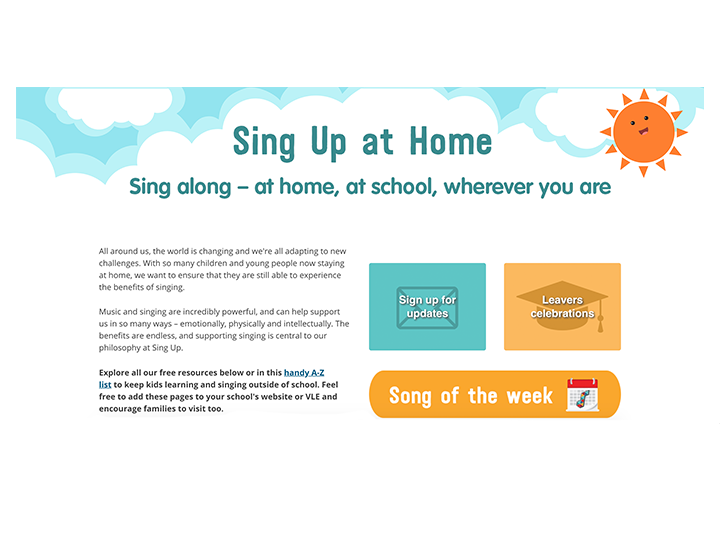
Alice Nicholls, Chiltern Music Therapy
For the purposes of this blog, I am using identity-first language, e.g. ‘autistic person’. Please note that some neurodivergent people may prefer to use person-first language e.g. ‘person with autism’ to describe themselves.
I am writing this from my perspective as a music therapist, teacher, and a self-diagnosed autistic and formally diagnosed ADHD person. I learnt I had ADHD and autism a few years ago, but long before those labels were in my personal lexicon, I was working with neurodivergent children and adults in music and music therapy. I wanted to write a little about my experiences on both sides of the coin, and how they differ, for Autism Acceptance Week – and hopefully bring a little insight into what it’s like to be an autistic musician and a musician working with autistic clients.
As an arts therapist, when training, I learned about the diagnostic criteria for autism, and the so-called Triad of Impairment: social communication, social interaction, and social imagination. These are the three areas that autistic people are said to have difficulty with. I soon learned when doing practical music therapy that not only was this a very limited description of how an autistic person interacts, but it is also confined solely to ‘normal’ interactions such as walking, talking, etc. – and written, no doubt, from a neurotypical perspective. When you’re using music, autistic children can become incredibly playful and imaginative provided you are working with rules that they understand and are willing to be flexible. In my first placement in a SEND school, a pupil was referred to me for one-to-one music therapy: she was autistic, selectively mute, and so challenging behaviourally in her classroom that her teacher sent a TA in with me to ensure my safety. I braced myself for an onslaught. In actual fact she was timid, silent, and hid under the table for the first two sessions. We eventually just piled some percussion instruments down there with us, and so she began to be playful with me, because I was interacting on her terms, not my own.
During the pandemic – after my own diagnosis and personal deep-dives into neurodiversity and what it meant for me - I took on some teaching commitments when some of my therapy work had dried up. One of these was a Year 2 recorder class in a mainstream school with a large amount of neurodivergent pupils. I had to learn to manage my expectations of the class and come up with new ways of teaching the same thing, to ensure that both autistic and allistic pupils could manage the material. To do this, I thought about how I would learn a new piece of music now, how I learned as a child and what was/wasn’t helpful for me. I recalled that sight-reading and following finger patterns was difficult for me on most instruments, but if I heard a tune enough times, I could follow the pitch instead of the notation and get a shape of when it went up and down. I needed, like all children, a calm approach and room to make mistakes. I also needed time to fidget when I got restless or frustrated; to try playing it from memory, or in a darkened room, or sitting down instead of standing up. These are all things an autistic person might do when learning something new, to find the best way for them to learn.
Inclusivity in this way is difficult in classroom teaching when you are faced with twenty to thirty pupils and need to get them all engaged. However, it is by no means impossible, and we should strive to make our teaching as inclusive as we can, especially with mixed groups. Of course, you may instead be teaching a whole class of SEND pupils rather than an integrated group, in which case you’ll be more used to adapting your teaching environment.
There are steps we can take to ensure our classes are welcoming environments for autistic pupils, which add a show of support:
- If teaching using notation, some pupils may prefer to learn by rote, or by assigning colours or numbers to notes rather than stave-notes.
- Some pupils may wear ear defenders to help mitigate sensory overload (a horrible phenomenon, where everything becomes too loud/too close/too much to deal with, all at the same time. I describe it as “too everything”, and it is hard to regulate!)
- Others may use fidget toys or other stims to regulate. I have seen far too many teachers insist on the “be still and quiet so we know you’re concentrating” approach, and it does not work for autistic people – in fact, the opposite applies.
- It may be useful to find out if your pupils have ‘safe sounds’ that they like to listen to when they are dysregulated, or any particular sounds that can trigger them; for example, I worked with one young boy who used “Wheels On The Bus” as part of his routine when transitioning from one activity to another. As long as he was singing it, he was able to deal with the changes going on around him.
- Keep a bank of songs that are familiar to your pupils - it may make it easier for them to learn the new material in between. ‘One song to the tune of another’ is a handy technique too, as it offers the pupil a familiar framework to hang on to while they are singing something new.
Autism is much more than the habits, stims, meltdowns and repeating patterns than people showcase, and for an autistic person, learning music can be an incredible experience and a wonderful outlet for emotions. Don’t be afraid to ask your pupils what’s best for them; no two methods – or children – are the same. As the saying goes: if you’ve met one autistic person…then you’ve met one autistic person.
Bio:
Alice Nicholls (they/she) is a music therapist, musician and songwriter based in Yorkshire. They are neurodivergent, queer, and non-binary, and work with a range of different client groups. Alice has a particular interest in the link between voice and identity and the use of vocalisation in music therapy.



